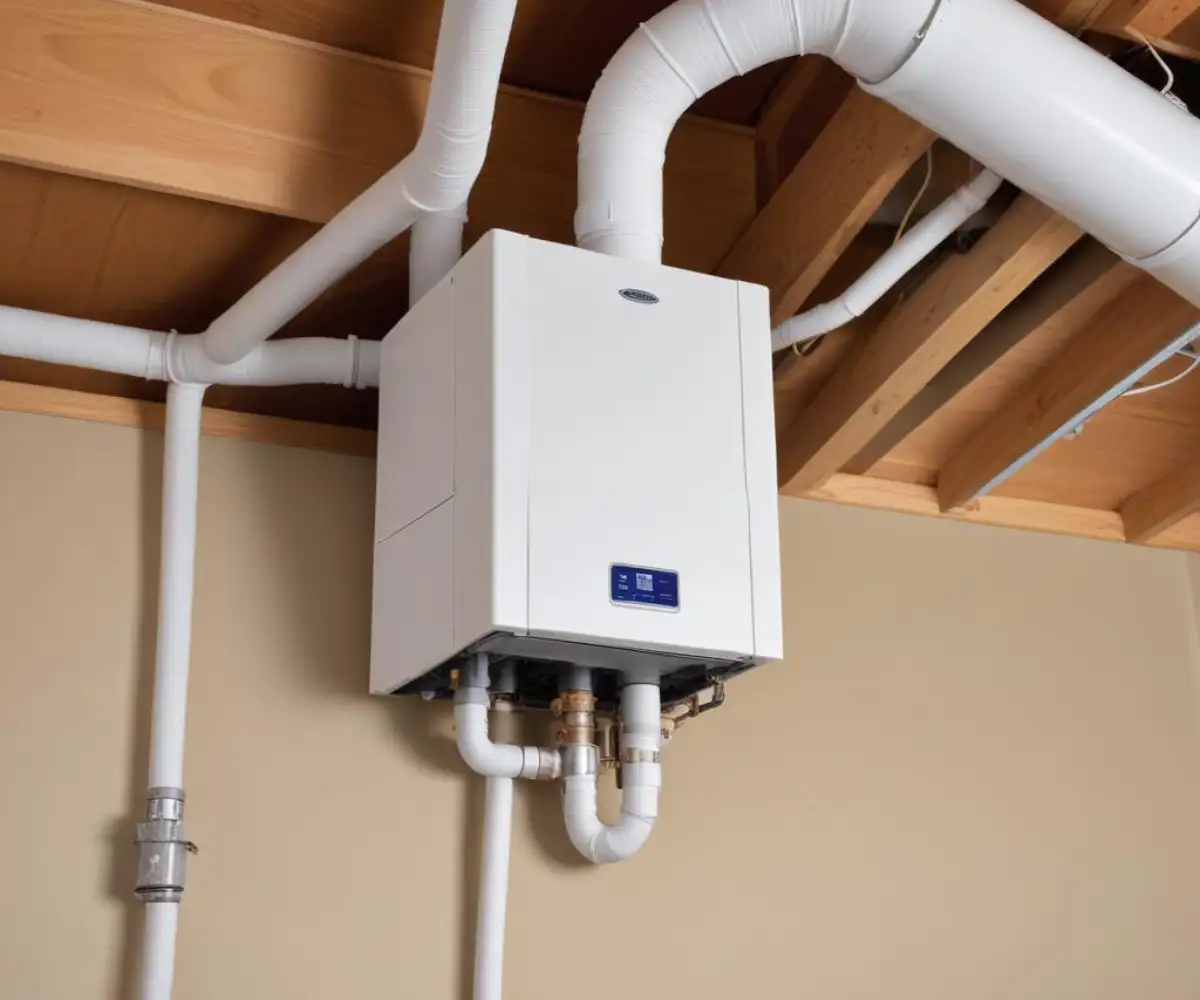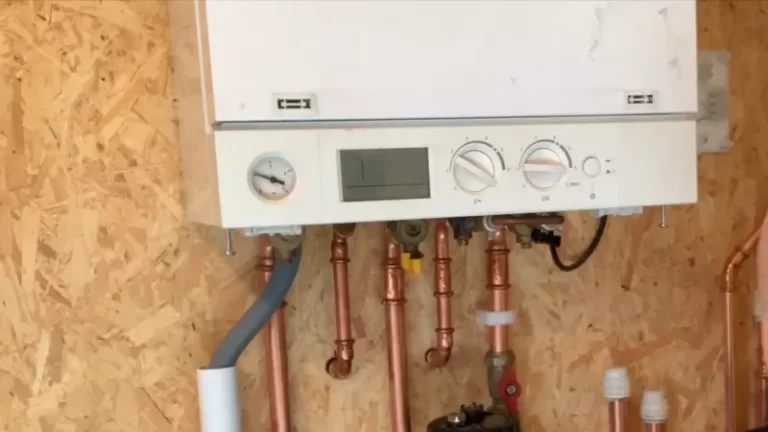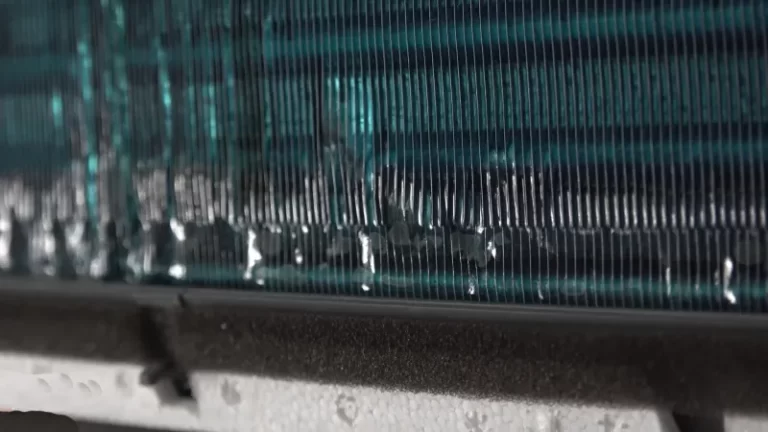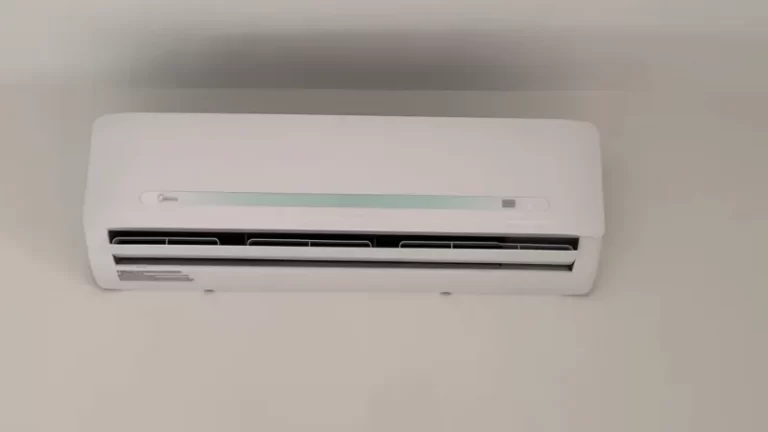Aprilaire vs Honeywell Humidifier: The Ultimate Showdown
Winter arrives, the heat kicks on, and suddenly your home transforms into a desert. Your skin feels dry and itchy, your sinuses are irritated, and you get a static shock every time you touch a doorknob. This discomfort is a direct result of low indoor humidity, a problem that can also wreak havoc on your home’s structure, particularly wood floors and furniture.
The most effective solution is a whole-house humidifier, an appliance that integrates directly with your HVAC system to provide balanced humidity throughout your entire home. Two names dominate this market: Aprilaire and Honeywell. Choosing between them can be a daunting task, but this comprehensive comparison will break down everything you need to know to make the right decision for your home’s health and comfort.
You'll Learn About
Why Your Home is Crying Out for a Whole-House Humidifier
Before diving into the brand comparison, it’s crucial to understand why maintaining proper humidity levels is not a luxury, but a necessity. The ideal indoor humidity range is between 30% and 50%. When it drops below this, the dry air acts like a sponge, pulling moisture from everything it can, including your body and your home.
This leads to a host of problems, from health issues like increased susceptibility to colds and respiratory infections to costly home damage. Dry air can cause wood floors and trim to shrink and separate, and if you’re thinking about floor repairs, you might wonder, will refinishing hardwood floors stop squeaking? While refinishing helps, maintaining proper humidity is a key preventative measure against future damage.
Understanding the Core Technologies: Bypass vs. Fan-Powered vs. Steam
Both Aprilaire and Honeywell offer three main types of whole-house humidifiers. The technology you choose will significantly impact performance, installation complexity, and cost.
Bypass Humidifiers
Bypass humidifiers are the most common and generally most affordable option. They work by diverting a portion of the warm air from your furnace through a water panel. This air picks up moisture and then circulates back into your home’s ductwork. They are simple, reliable, and have few moving parts.
The main drawback is that they require the furnace blower to be running to operate and need a bypass duct installed, which requires more space. Their efficiency is directly tied to the temperature of the air from your furnace.
Fan-Powered Humidifiers
Fan-powered models are a step up in performance. They operate on the same principle as bypass units but include a built-in fan that actively draws air through the water panel. This makes them more effective at distributing humidity and allows them to work even when the furnace isn’t calling for heat.
They don’t require a bypass duct, making installation more flexible. However, they are more expensive upfront and introduce an additional electrical component that could potentially fail.
Steam Humidifiers
For the ultimate in performance and precision, steam humidifiers are the top choice. These units boil water internally to create steam, which is then injected directly into your ductwork. This method provides the fastest and most accurate humidity control.
Steam humidifiers work completely independently of your HVAC system’s heating cycle. They are the best choice for larger homes, arid climates, or situations where precise humidity is critical. Their sophistication comes at a cost, as they are the most expensive to purchase, install, and operate.
Aprilaire vs. Honeywell: A Head-to-Head Brand Comparison
While both brands are industry leaders, they approach product design and technology with slightly different philosophies. Aprilaire has long positioned itself as a specialist in indoor air quality, focusing on robust, automated systems. Honeywell, a diversified technology giant, often emphasizes integration with its broader ecosystem of smart home products.
The most significant difference often lies in their control systems. Aprilaire humidifiers frequently feature advanced automatic digital controls that use an outdoor temperature sensor. This allows the unit to adjust the indoor humidity level automatically, preventing condensation on windows during cold snaps—a common issue with manual humidistats. Honeywell also offers automatic controls but is well-known for its integration with popular smart thermostats like the Honeywell Home T-series, allowing for unified control through a single app.

Feature-by-Feature Showdown: Aprilaire vs. Honeywell
Let’s break down how these two brands stack up across the most important features. This table provides a clear, at-a-glance comparison to help you weigh your priorities.
| Feature | Aprilaire | Honeywell |
|---|---|---|
| Control & Automation | Often includes an outdoor sensor for “set-it-and-forget-it” automatic adjustments. Focus on preventing window condensation. | Strong integration with its own smart thermostat ecosystem. Offers both manual and automatic digital controls. |
| Water Panel Design | Uses a U-shaped water distribution tray designed for even water flow and maximum moisture output. | Features AgION antimicrobial coating on their pads to inhibit mold and bacterial growth. |
| Maintenance | Tool-free access for easy annual water panel replacement. Simple, straightforward cleaning process. | Also designed for easy DIY panel replacement. Components are generally easy to access and clean. |
| Build Quality | Known for robust, durable plastic housing and high-quality internal components designed for longevity. | Solid construction with reliable parts. A trusted name in HVAC for decades. |
| Water Efficiency | Some models, like the 400 series, are designed for drainless operation, using 100% of the water. Most bypass models do have water runoff. | Most bypass and fan-powered models are flow-through designs, meaning some water is wasted down the drain to flush minerals. |
| Warranty | Typically offers a 5-year limited warranty on parts when installed by a licensed HVAC professional. | Warranty periods vary by model, generally ranging from 1 to 5 years on parts. |
Cost Comparison: The Real Price of Comfort
Understanding the full financial picture involves looking at more than just the sticker price. The total cost includes the unit itself, professional installation, and ongoing operational expenses.
Upfront & Installation Costs
Generally, Honeywell units may have a slightly lower upfront cost for comparable models. However, the biggest variable is installation. Professional installation is highly recommended for any whole-house humidifier. A poorly installed unit will never perform correctly, regardless of the brand. Expect installation costs to range from a few hundred to over a thousand dollars, depending on the complexity of the job.
Long-Term Operating Costs
The primary ongoing cost is the annual replacement of the water panel or canister. Both brands have readily available replacements that are similarly priced. You must also factor in water usage for flow-through models and electricity consumption, which is negligible for bypass units but a factor for fan-powered and especially steam humidifiers.
Maintenance and Longevity: Protecting Your Investment
Proper maintenance is the single most important factor in ensuring your humidifier operates efficiently and lasts for years. Failure to perform annual service can lead to reduced performance, mineral buildup, and even mold growth. The resulting odors can be quite unpleasant; if you’ve ever dealt with stubborn smells from household products, you know how important it is to address them, much like learning how to get rid of silicone sealant smell.
For both Aprilaire and Honeywell, annual maintenance is a simple task you can do yourself. It involves turning off the power and water supply, opening the unit’s cover, removing and discarding the old water panel, cleaning any mineral deposits from the interior, and inserting a new panel. This 15-minute task is critical for performance and air quality.
Which Humidifier is Right for Your Home? Making the Final Call
After comparing the features, technology, and costs, the decision comes down to your specific needs and priorities. Neither brand is universally “better”; they simply excel in different areas.
Choose Aprilaire If:
You prioritize a hands-off, automated system that intelligently manages humidity. If you want a specialized, robustly built unit and appreciate features like advanced outdoor temperature sensing for worry-free operation, Aprilaire is likely your best choice.
Choose Honeywell If:
You are already invested in the Honeywell Home or Resideo smart home ecosystem and want seamless integration. If you are looking for a highly reliable, trusted brand name with wide availability and a potentially lower upfront cost, Honeywell is an excellent option.
The Unspoken Factor: A Quality Installation is Everything
Many homeowners get lost in comparing brands, but the most critical component of a successful whole-house humidifier project is the quality of the installation. A top-of-the-line steam humidifier installed incorrectly will be outperformed by a basic bypass unit installed by a meticulous, experienced professional.
When hiring an HVAC contractor, ask them about their experience with the specific model you are considering. Ensure they perform a proper assessment of your home’s size, ductwork, and furnace to recommend the right capacity unit. The installer is more important than the brand name on the box.
Conclusion: The Verdict in the Aprilaire vs. Honeywell Debate
The battle between Aprilaire and Honeywell is a matchup of two champions. Both brands produce high-quality, reliable whole-house humidifiers that will effectively solve the problem of dry indoor air. The “winner” is the brand that best aligns with your personal preferences.
If your priority is best-in-class automation and a “set-it-and-forget-it” experience, lean towards Aprilaire. If your priority is smart home integration and leveraging a brand you already trust, Honeywell is a fantastic choice. Ultimately, either brand, when installed correctly, will provide a dramatic improvement in your home’s comfort and health this winter and for many years to come.



